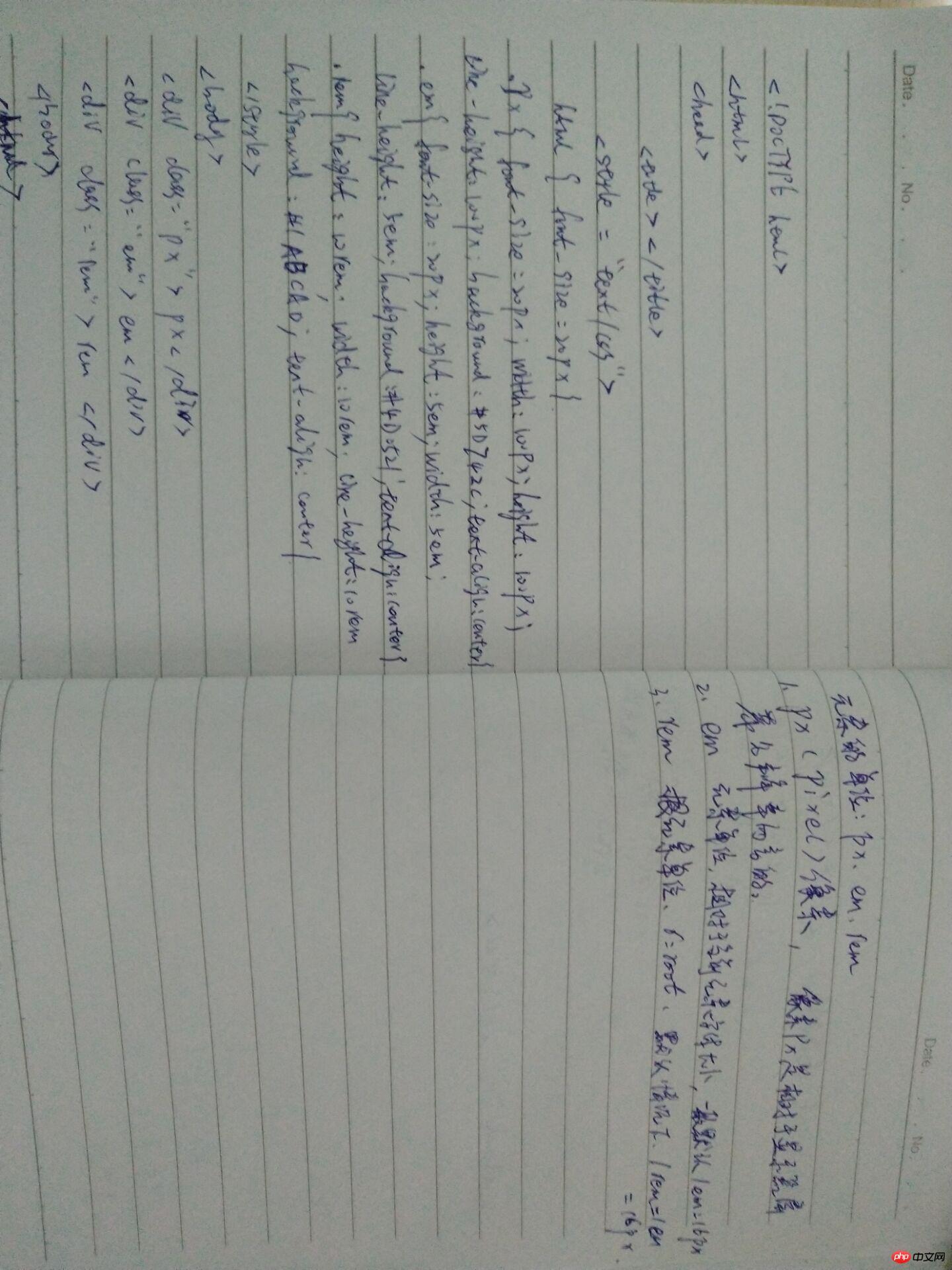元素单位是网页设计中比不可少的东西,分三种单位,PX, EM 和REM。详细介绍如下图:
 CSS 选择器样式有多种,选择器对文本的显示起到控制的作用,具体代码如下:
CSS 选择器样式有多种,选择器对文本的显示起到控制的作用,具体代码如下:
实例
<!DOCTYPE html>
<html>
<head>
<title></title>
<meta charset="utf-8">
<style type="text/css">
ul li{width:40px;height: 40px;box-shadow: 2px 2px 2px #ccc;border-radius: 50%;text-align: center}
#item1 {background:#F92659 }
.item2 {background:#2EFA29 }
ul li[class] {background:#FABF29 }
ul li[class="item3" ] {background:#0A0803 }
ul li[class^="cat" ] {background:#213605}
ul li[class$="pig" ] {background:#AF4624}
ul li[class*="te" ] {background:#0A4B5A}
ul>li[class$="pig" ]{background: #0FDB3B}
body ul li {border:1px solid red}
ul li[class$="pig" ] ~ * {background:#080803 ;color:#FCFCFA} /*相邻选择器,当前元素不包括*/
ul li[class$="pig" ] + li {background:pink ;color:black} /*相邻兄弟选择器*/
h1,p {color: pink} /*群组选择器*/
a{font-size: 40px}
a:link{color: red}
a:visited{color:orange}
a:hover{color: green}
a:focus{color: purple}
a:active{color: blue}
ul li:first-child {background: blue !important} /*选中第一个元素*/
ul li:last-child {background: blue !important} /*选中最后一个元素*/
ul li:nth-child(5){background: blue!important } /*选取指定的位置*/
ul li:nth-child(2n){background:#A2E51C !important } /*选择偶数*/
ul li:nth-child(odd){background:#FA5203 !important } /*选择奇数*/
ol :only-child {color: red} /* 对ol只有一个子元素的项*/
ul li:nth-last-child(3) {background: red!important} /* 倒数第三个位置*/
ol li:nth-of-type(2){color: green}
</style>
</head>
<body>
<ul>
<li id="item1"> 1</li>
<li class="item2">2</li>
<li class="item3">3</li>
<li class="cat dog pig">4</li>
<li>5</li>
<li>6</li>
<li>7</li>
<li>8</li>
<li>9</li>
<li>10</li>
</ul>
<h1>测试专用</h1>
<p>测试专用</p>
<a href="">baidu</a>
<ol>
<li>item1</li>
<li>item2</li>
<li>item3</li>
</ol>
<ol>
<li>item1</li>
</ol>
<ol>
<li>item1</li>
<li>item2</li>
</ol>
</body>
</html>运行实例 »
点击 "运行实例" 按钮查看在线实例
总结:(复制)
css知识
css: 层叠样式表
一、css选择器基本语法
1.样式规则: 选择器 + 样式声明;
2.样式声明: {属性: 值}, 多个名值之间用分号(;)分隔;
3.样式规则举例: h3 {color: red; font-size: 3rem};
---------------------------------------------------------------
二、元素的单位 : demo1.html
1.px: 像素单位,相对于当前的显示器;
2.em: 元素单位,相对于当前元素或父元素字体大小,默认1em=16px;
3.rem: 根元素单位,相对于根元素html字体大小,默认1rem=16px;
---------------------------------------------------------------
三、样式的继承 : demo2.html
1.文档树: DOM结构
2.可继承: 字体,大小,颜色,列表样式,表格样式等
3.非继承: 边框,内外边距
---------------------------------------------------------------
四、样式冲突的处理 : demo3.html
1.优先级:与样式规则声明的位置相关
(1).内联: 以style属性方式声明在起始标签内,仅对当前元素有效;
(2).内部: 以<style>标签方式声明在当前的html文档内,仅对当前文档有效;
(3).外部: 将样式规则存放在外部样式文件中(.css),通过<link>标签href属性引入;
优先级: 内联 > 内部 > 外部 (特殊性越小,优先级别越低)
2.顺序: 相同样式后写覆盖先写的;
3.重要性: !important, 不推荐;
---------------------------------------------------------------
五、常用选择器: demo4.html
1.根据元素的特征:
元素主要是由标签与属性组成:
(1).根据标签选择元素是最简单的,因为当前页面通常不会只有一个同类元素,所以返回的是一个数组,即元素集合
**名称: 标签选择器
h2 {color: red}
(2).根据通用属性选择:id和class
**名称: id选择器
#box {width: 200px;} 返回唯一元素
**类选择器/class选择器
.green {color: green} 返回元素集合
(3)根据其它属性选择:可以依据属性名,属性值,以及属性值中的文本内容进行选择,返回元素集合
**名称: 属性选择器
h2[title]: 包括title属性的标签;
h2[title="汽车"]:精确匹配<h2 title="汽车">;
h2[class^="val"]: 匹配class属性值以val单词开始的元素;
h2[class$="val"]: 匹配class属性值以val单词结尾的元素;
h2[class*="val"]: 匹配class属性值包含val子串的元素;
2.根据元素的位置(也叫上下文):
(1)根据祖先元素定位,包括多个层级,使用空格进行层级区隔
**名称: 层级选择器/后代选择器
#box p {color: red}
(2)根据父元素定位,只隔一个层级,也叫:
**名称:子选择器
#box > a {color: red}
(3)根据相邻元素定位,必须先找到同级元素的起点
**名称: 相邻选择器
#box ~ * {color: red}
**名称: 相邻兄弟选择器
#box + p {color: red}
3.根据元素的分组:
(1)选择一组相关的元素
**名称: 群组选择器
body, h1, h2, h3, ul {padding:0; margin:0}
(2)选择全部元素
* {padding: 0; margin: 0}
4.伪类选择器:
(1)状态
<a>标签的四种状态: link,visited,focus,hover,active
大多数标签都支持: hover (鼠标悬停效果)
(2)位置:
第一个: li:child-child {background-color: gray}
最后一个: li:last-child {background-color: cyan}
指定位置的子元素: li:nth-child(n) {background-color: red}
* 唯一子元素: :only-child {background-color: red}
* 限定唯一子元素: only-of-type {background-color: red}
* 例数第n个子元素: li:nth-last-child(2) {background-color: red}
* 选择每个父级的第二个p元素: p:nth-of-type(2)

